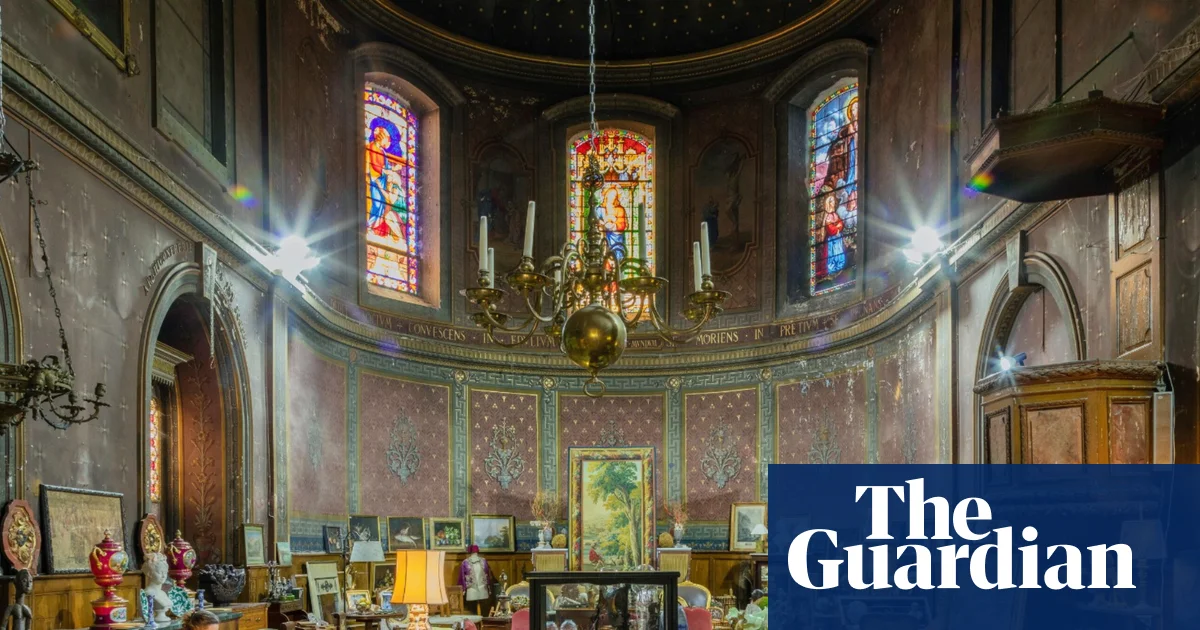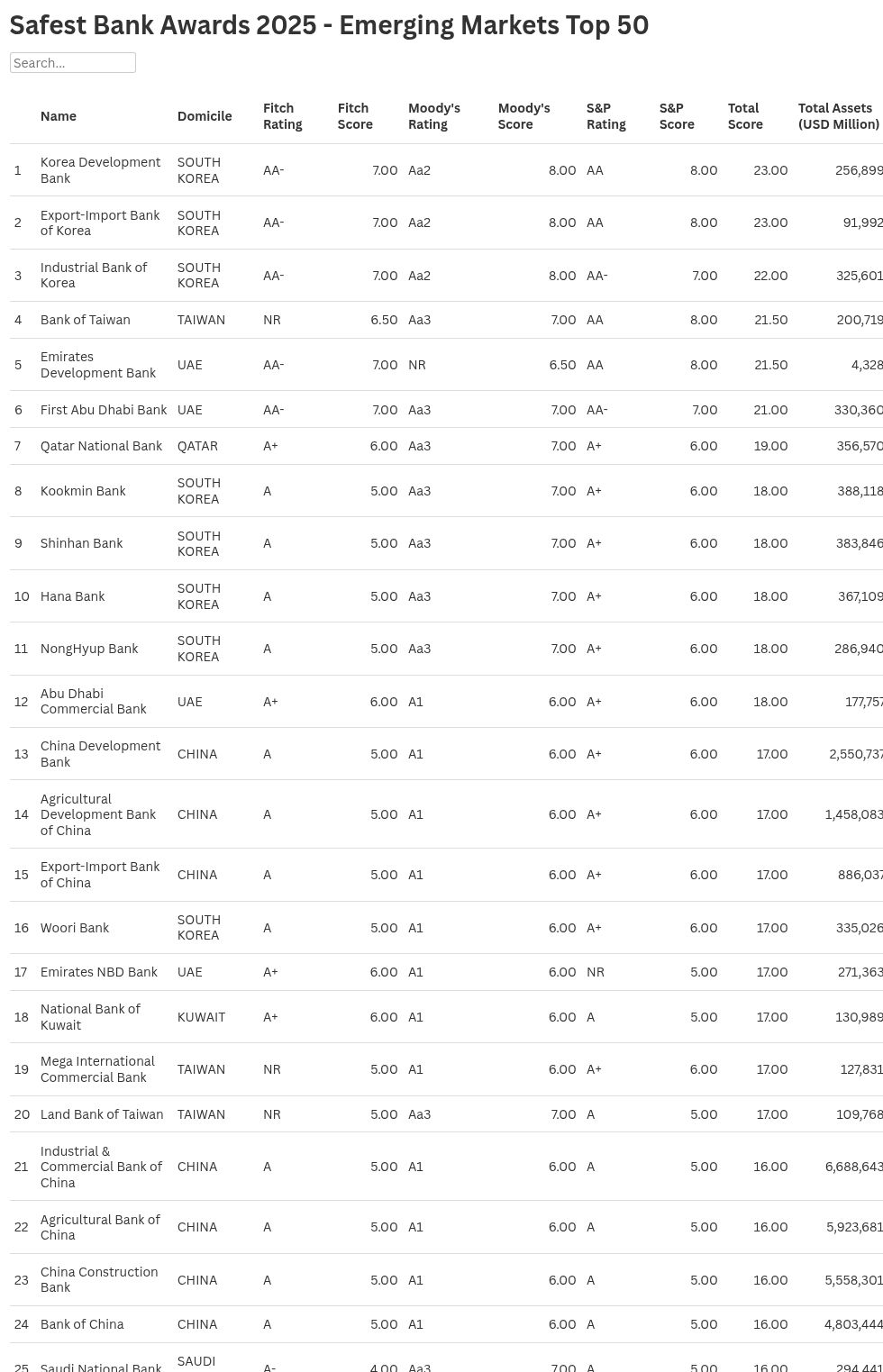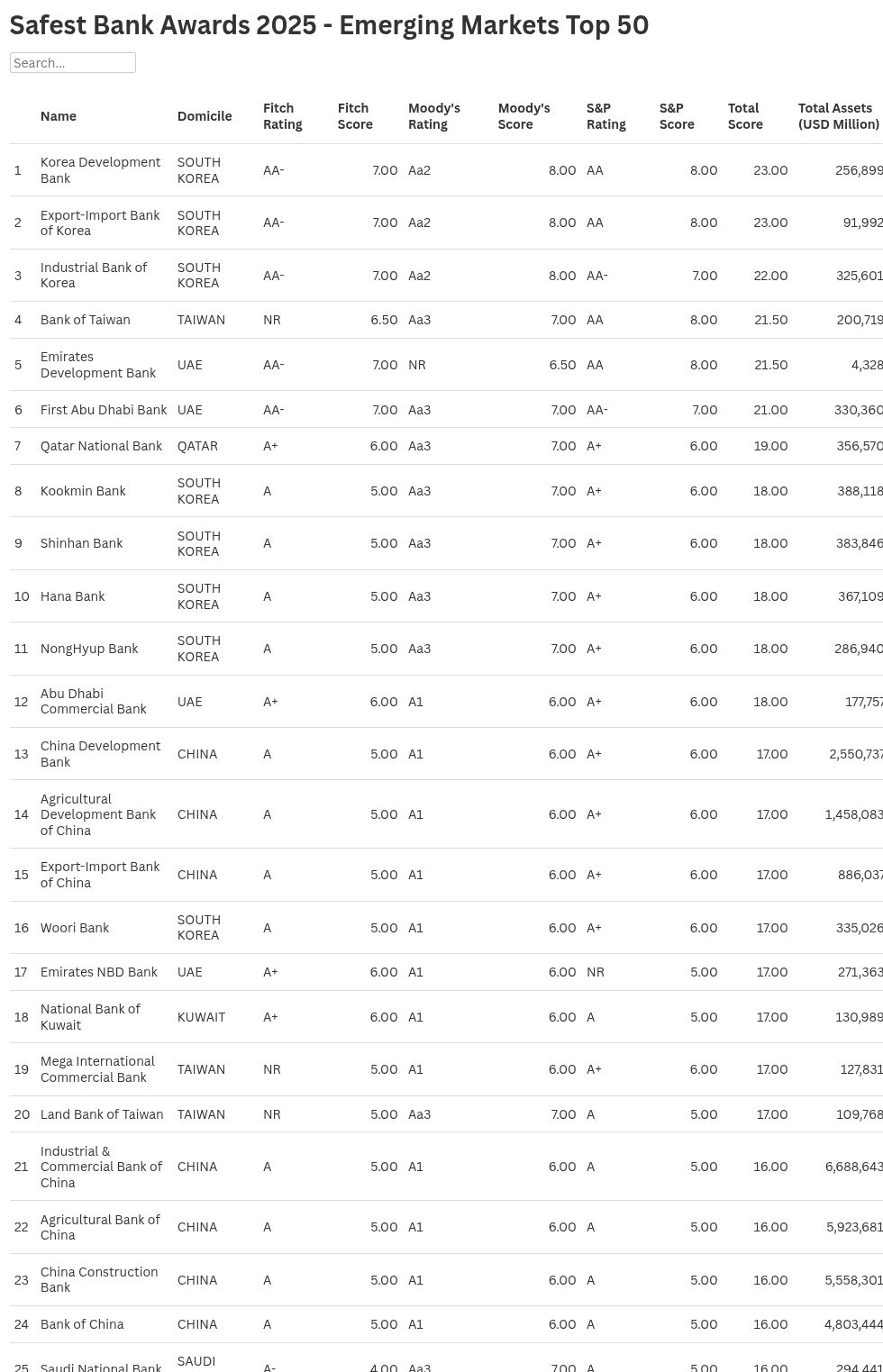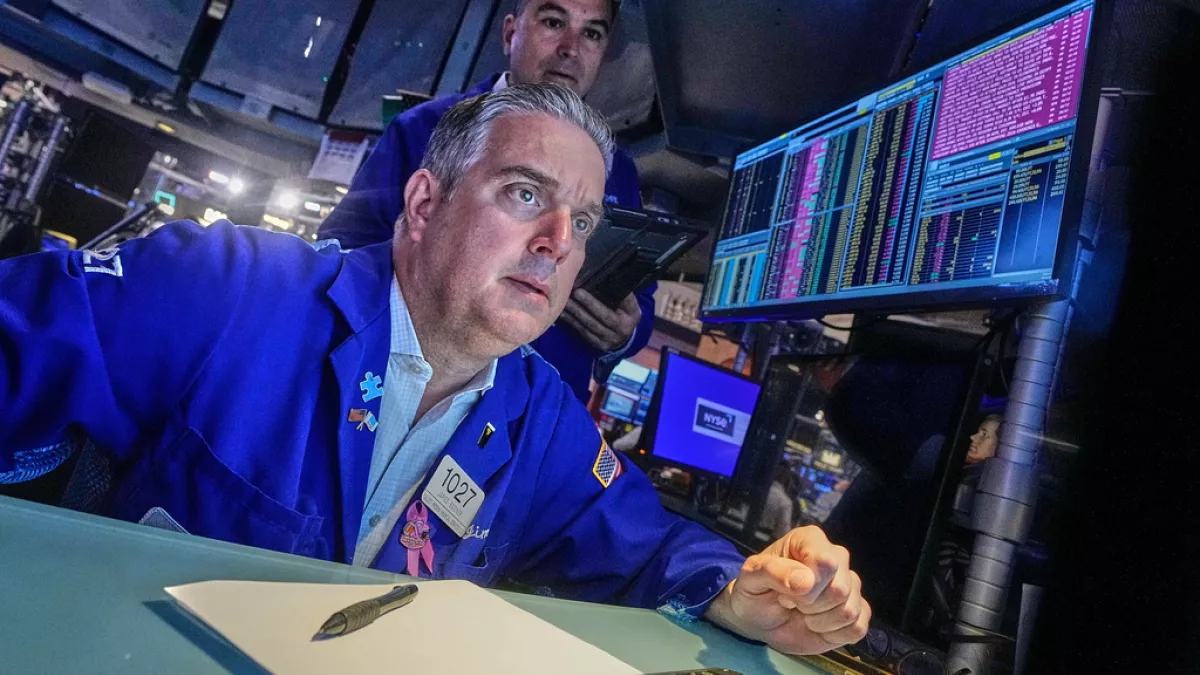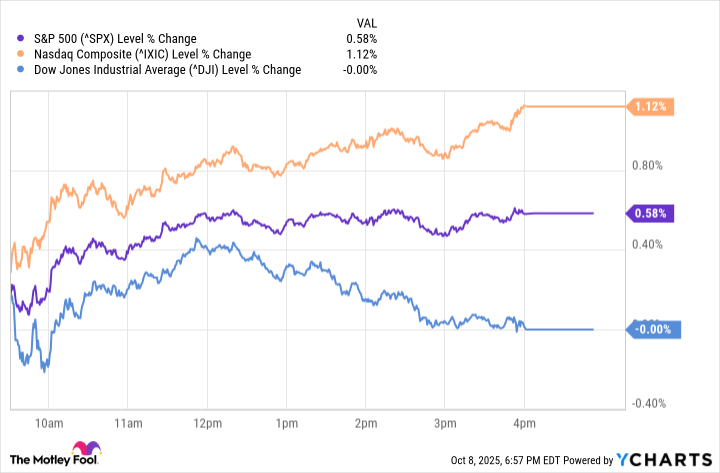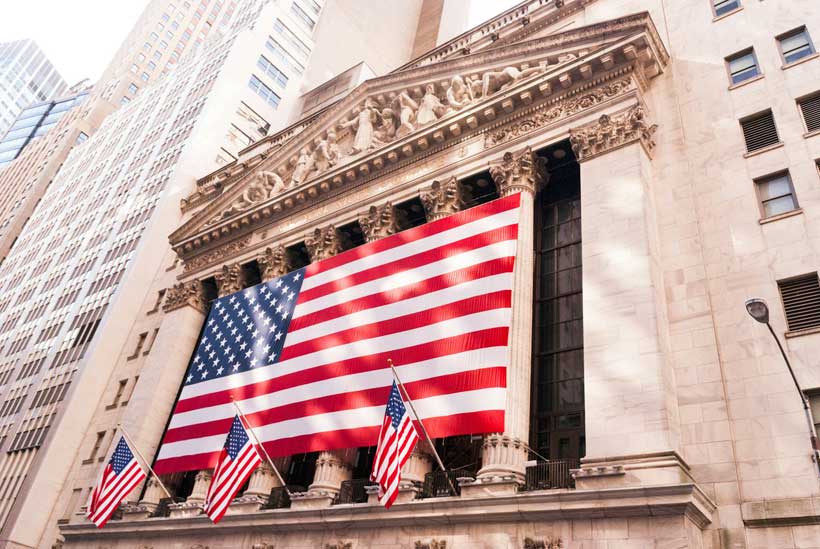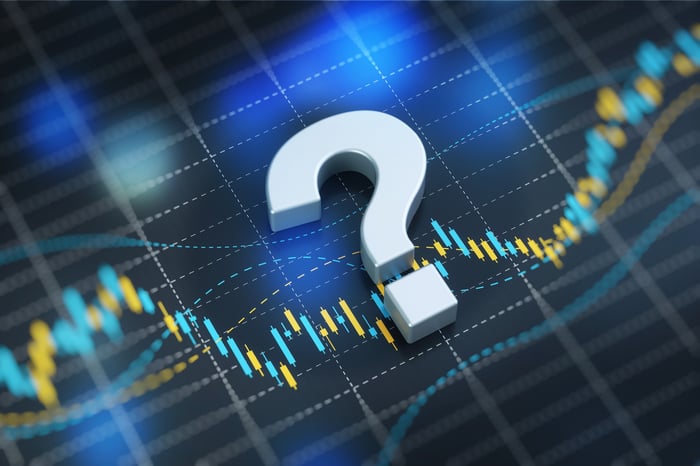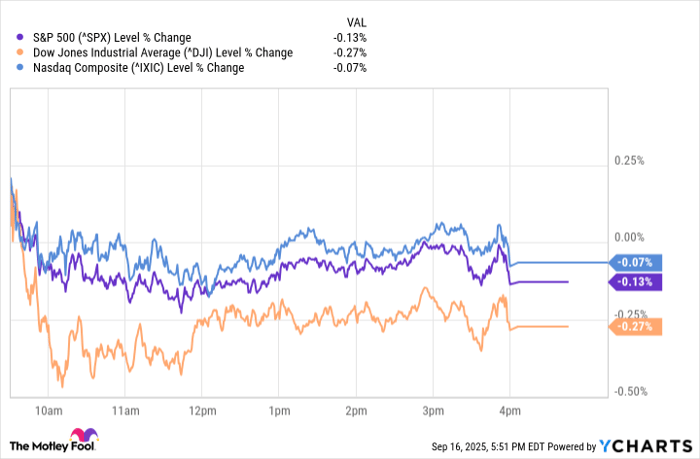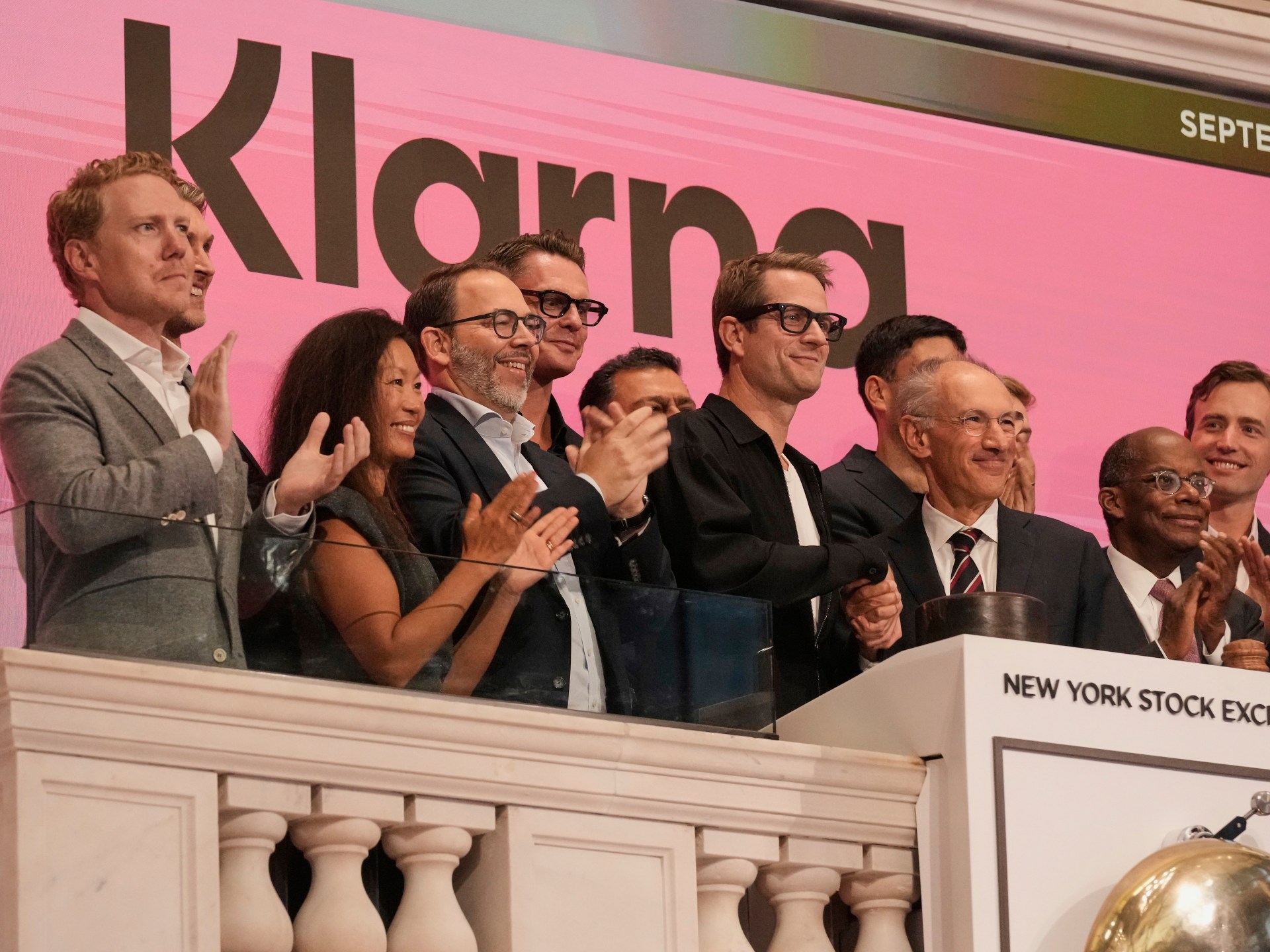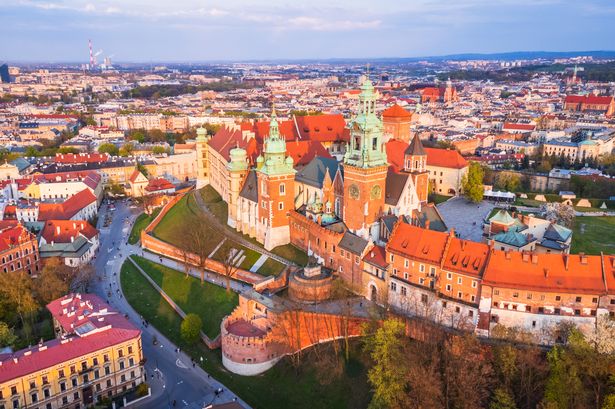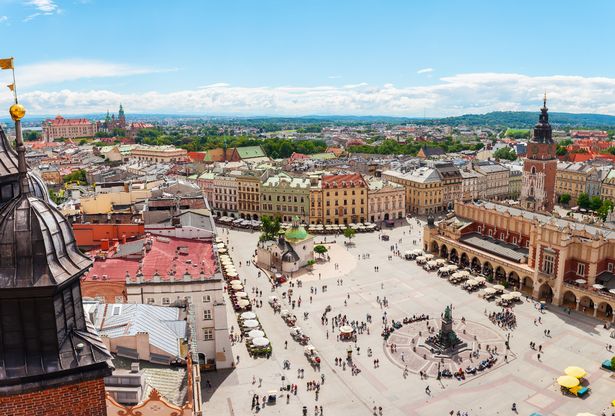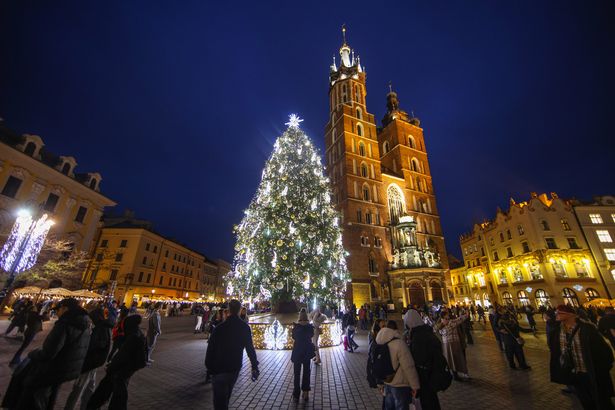Travel expert Neil Atkinson has revealed the best Christmas markets in the UK – perfect for those who want a festive break without the huge crowds
With the festive season rapidly drawing near, Christmas markets will soon be springing up throughout Britain. From the hugely popular Winter Wonderland in London to more intimate Christmas fairs, there’s undoubtedly something to suit all tastes – and occasionally it’s the less celebrated venues that turn out to be the most unforgettable.
Neil Atkinson, proprietor of Luxury Group Stay, has shared his favourite picks of under-the-radar Christmas markets delivering genuine festive atmosphere without the packed crowds found in Manchester, Birmingham or Edinburgh.
He commented: “Some of the best Christmas events are tucked away in smaller spa towns and cathedral cities. They’re often more personal, better value, and filled with genuine local craftsmanship rather than mass-produced souvenirs.”
Underrated UK Christmas markets, according to a travel expert
Winchester Cathedral Christmas Market – Hampshire
Championing Winchester Cathedral’s Christmas market, Neil remarks: “Set in the shadow of the magnificent Winchester Cathedral, this market has become a southern secret for those who want European-style charm without leaving the UK.”
Running from November 21 through to December 22, Winchester’s market provides visitors with opportunities to buy handcrafted presents, artisan food, and premium crafts, all beneath sparkling lights that turn the Cathedral Close into a festive scene.
With the cathedral choir delivering multiple performances throughout this time, it genuinely is pure Christmas enchantment.
Worcester Victorian Christmas Fayre – Worcestershire
From December 4 to 7, Worcester takes a nostalgic trip back in time, with the streets brimming with Victorian-garbed traders, a classic carousel and the enticing aroma of roasting chestnuts for the Victorian Christmas Fayre.
Expect to encounter local artisans peddling crafts, street food and festive beverages, while carol singers and buskers maintain a lively atmosphere.
Durham Christmas Festival – County Durham
Recommending the Durham Christmas Festival, which runs for a mere three days, from December 5 to 7, Neil added: “Few settings are as striking as Durham Cathedral at Christmas.”
This brief festival features a Craft & Producers’ Marquee on Palace Green, a vibrant outdoor market and a Children’s Lantern Parade culminating at the cathedral.
Canterbury Christmas Market – Kent
From November 12 to December 24, Canterbury adds a cathedral-city sparkle with one of the South East’s most scenic markets.
Visitors can anticipate over 170 stalls offering handmade gifts, candles, crafts and festive foods lining the streets under the glow of the city’s ancient cathedral.
The Canterbury Christmas Market strikes an ideal balance between atmosphere and size, showcasing robust local craftsmanship and an abundance of family-friendly activities.
Harrogate Christmas Fayre – North Yorkshire
The Harrogate Christmas Fayre, running from December 5 to 14, is perfect for those who prefer a more leisurely pace when soaking up the festive spirit.
The Harrogate Christmas Fayre, with its approximately 40 adorned chalets scattered throughout the spa town, is a chic, compact and naturally festive option.
Neil commented: “It is beautifully curated, easy to explore, and perfect for a festive weekend with a touch of class. Expect artisanal gifts, gourmet treats, and mulled wine breaks between boutique shops and cosy tearooms.”
